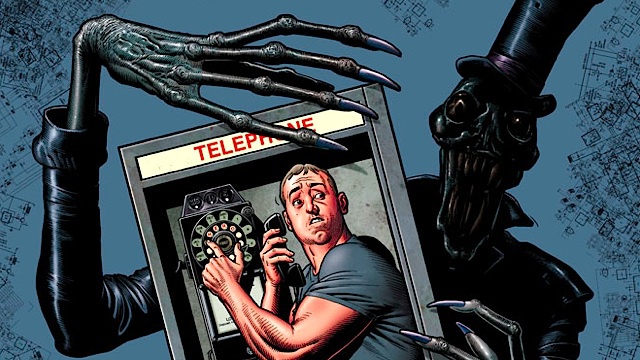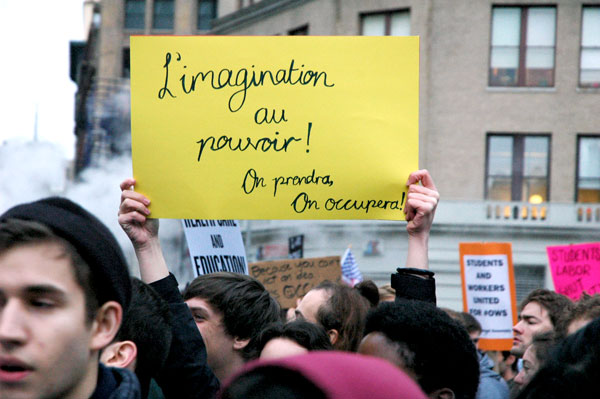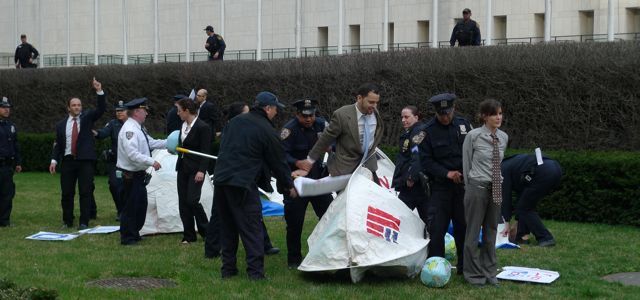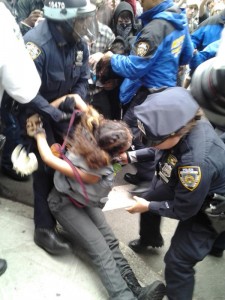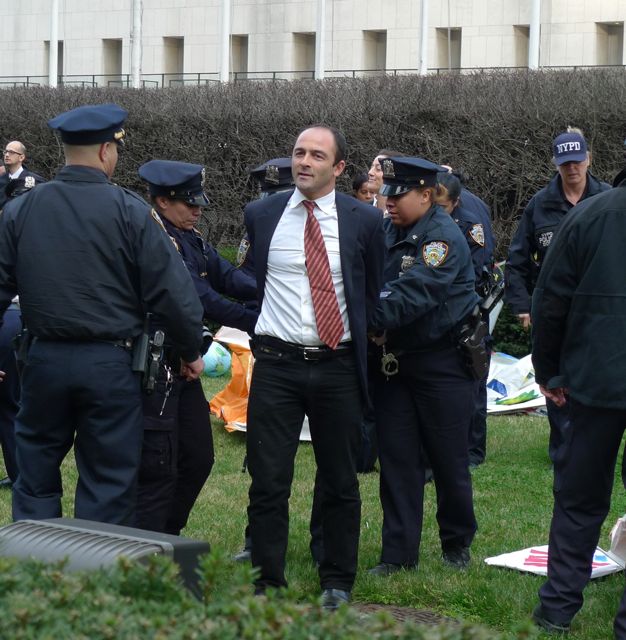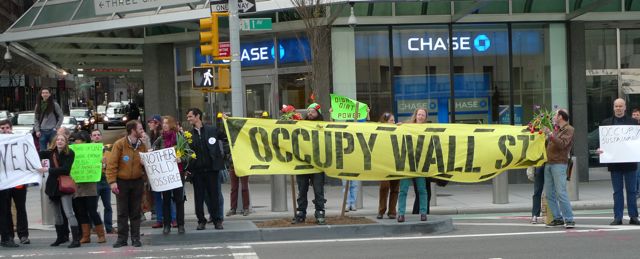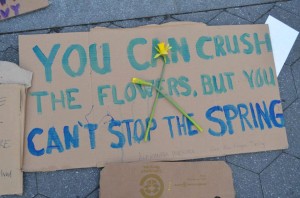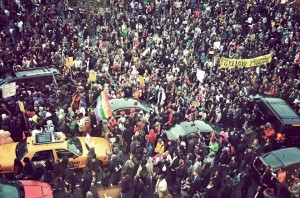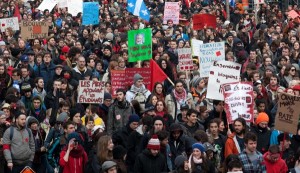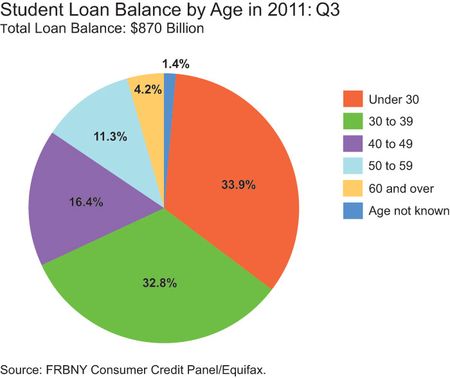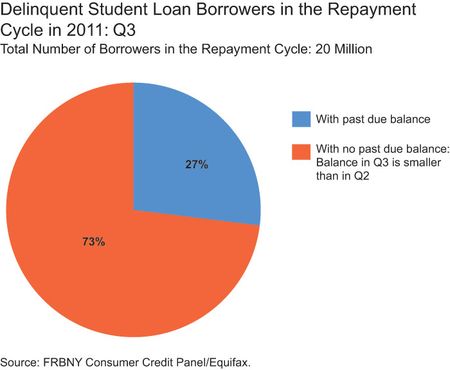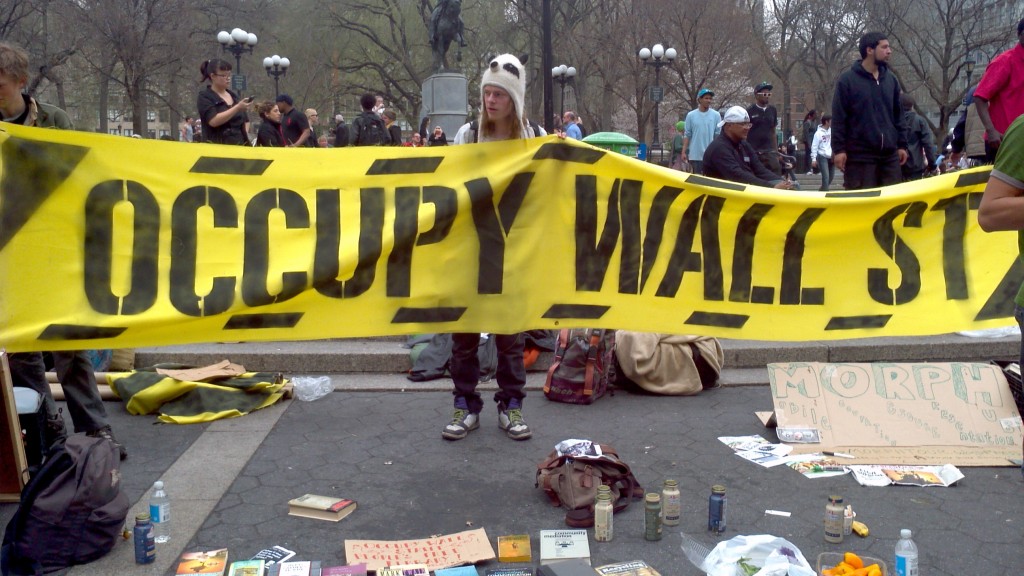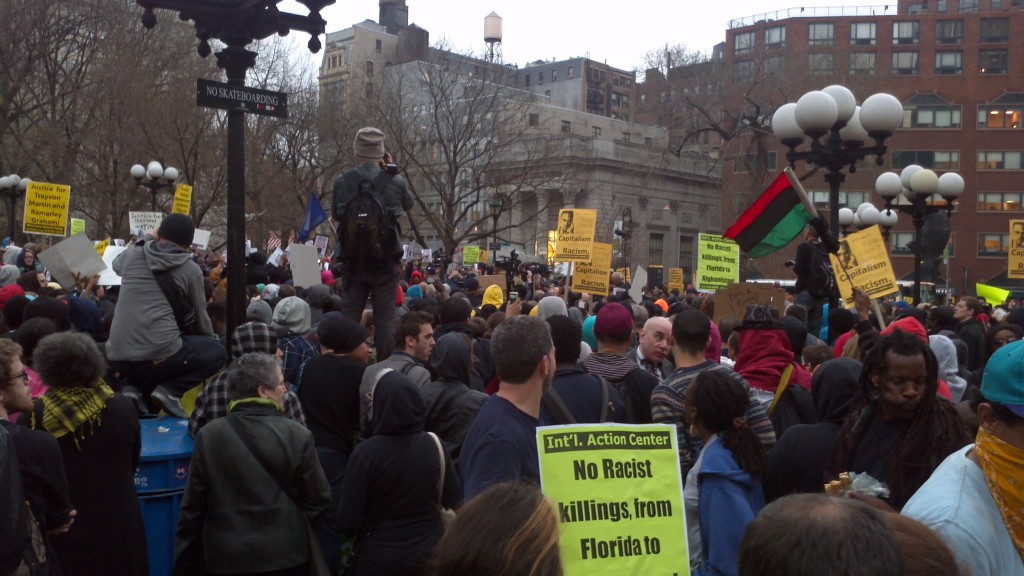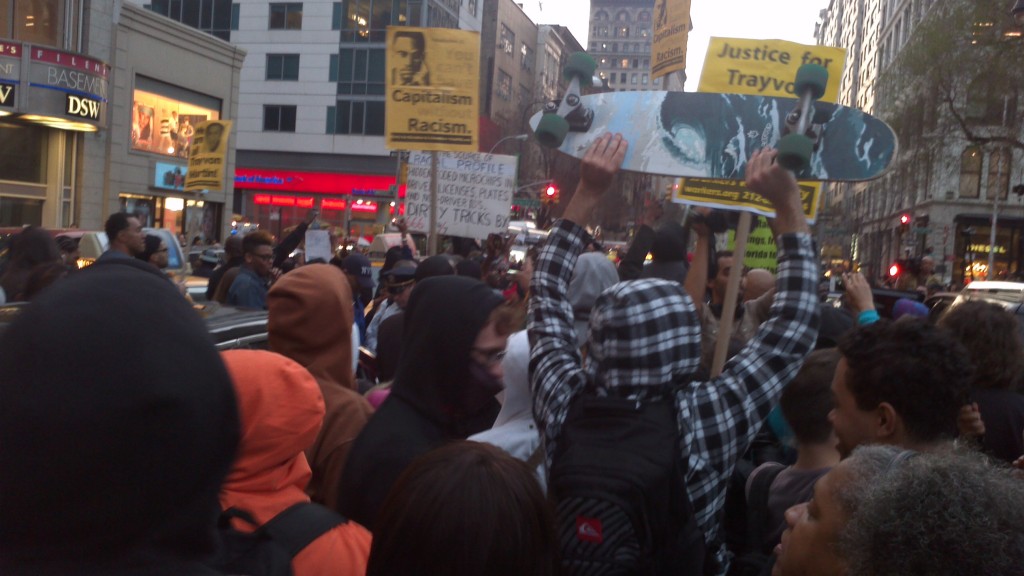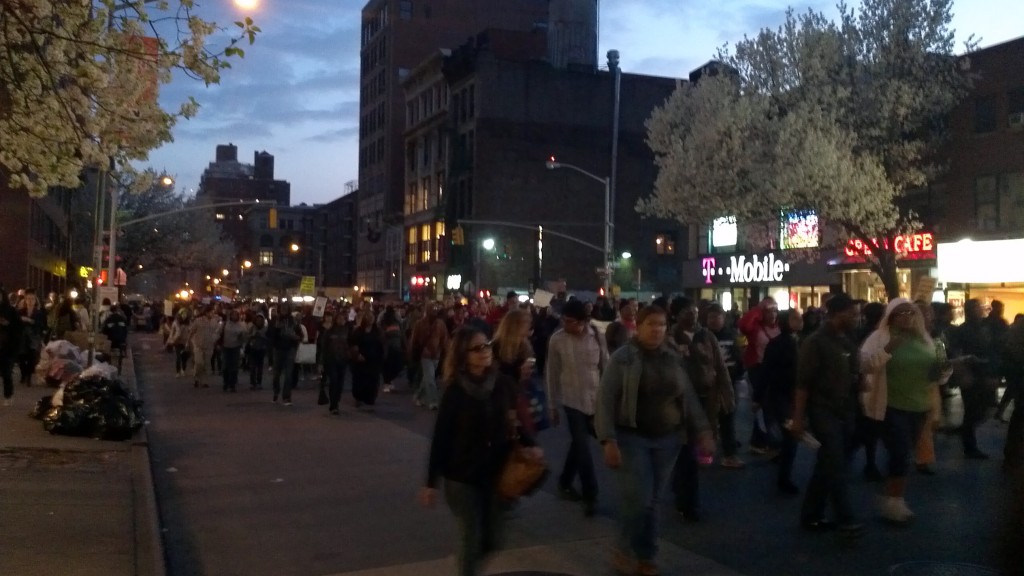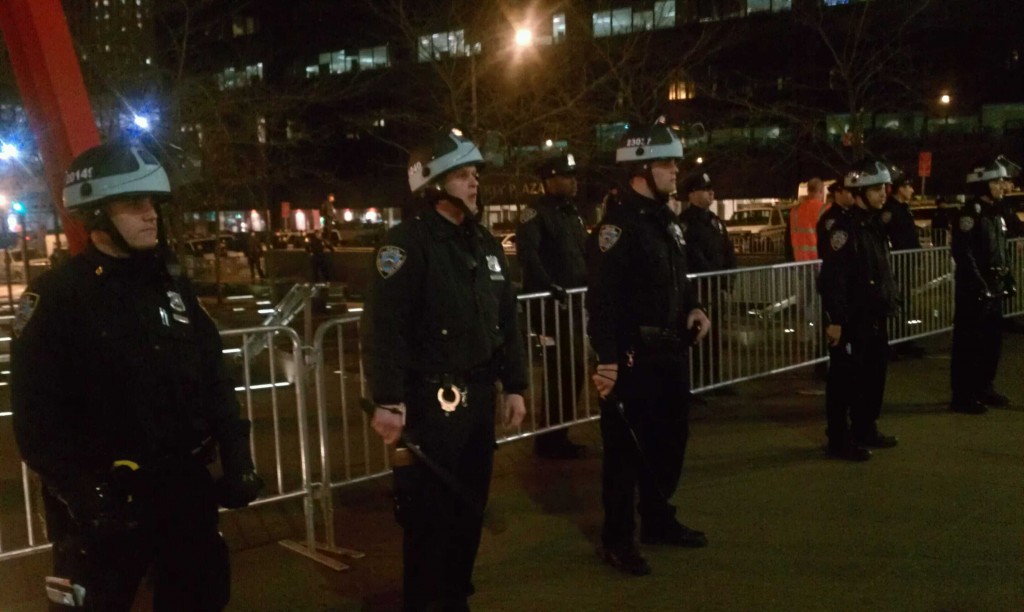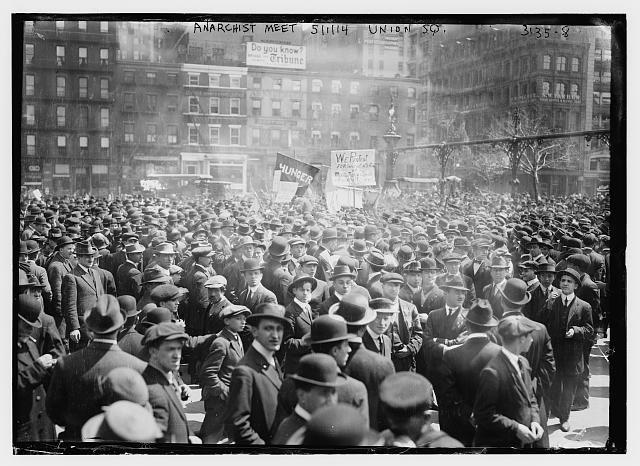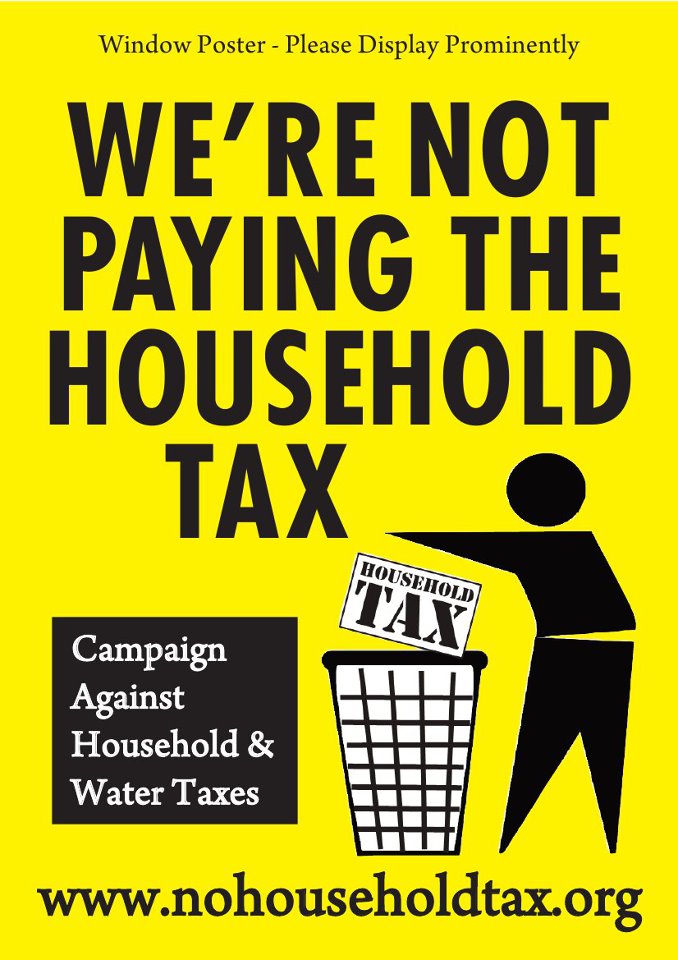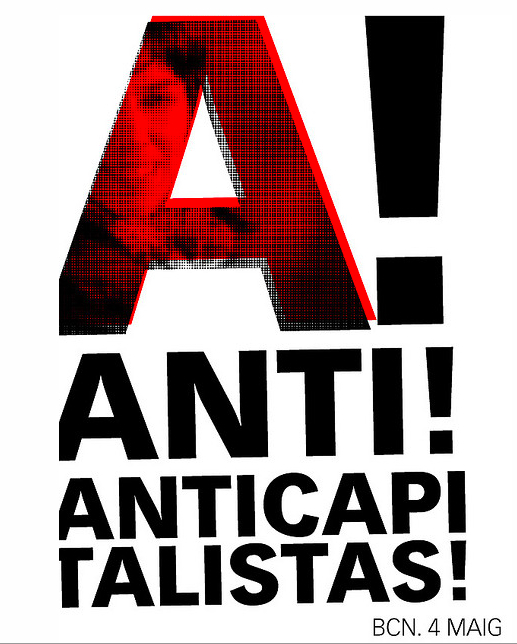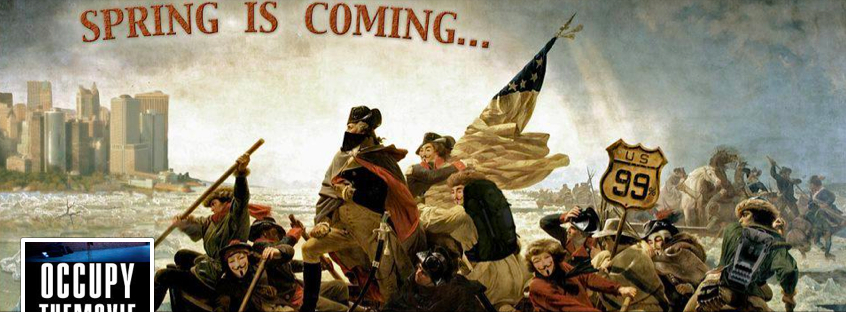In Occupy circles these days, there’s a lot of discussion of success and failure. J. Jack Halberstam’s new book raises the prospect of what he calls “the queer art of failure,” creating a set of intriguing overlaps that I’m going to explore here. Yesterday, Halberstam introduced the book to a packed and boisterous audience in New York (his text will be forthcoming on Bullybloggers with those of the respondents!). So my thoughts are inspired by a combination of being at the panel and reading the book itself.
Failure is a provocative question for Occupy. Of course, the movement was a response to the catastrophic failure of neoliberal capitalism. But to suggest aspects of failure within is to seem disloyal to a project in which so many of us are intensely invested. Halberstam queers that logic by suggesting that in the search “to live otherwise,” it may be that
[u]nder certain circumstances, failing, losing, forgetting, unmaking, undoing, unbecoming, not knowing…offer more creative, more cooperative, more surprising ways of being in the world.
In the OWS context, for example, any return to economic “success” by means of traditional growth would in fact be a disaster as it would still further accelerate the processes of climate change. Occupy needs to undo the imperative for “growth” in order to find ways by coexist and indeed to continue to exist.
Halberstam’s project again intersects with the way I have been thinking about these issues in calling not for success but for abolition. Abolition acknowledges that something has failed so utterly that it must be abolished and it is therefore a founding moment. Halberstam quotes one of my favorite essays at this point, Fred Moten and Stefano Harney’s The University and the Undercommons: Seven Theses:
Not so much the abolition of prisons but the abolition of a society that could have prisons, that could have slavery, that could have the wage, and therefore not abolition as the elimination of anything but abolition as the founding of a new society. The object of abolition then would have a resemblance to communism that would be …uncanny.
[Social Text 79, Vol. 22, No. 2, Summer 2004, behind paywall; I’ve extended the quote by a line beyond Halberstam, 114]
Halberstam’s book takes much energy from Benjamin, whose weak messianism can be understood as a form of abolitionism, in keeping with his concept of the general strike as an effort to return only to a radically transformed work, rather than to achieve a specific goal. As everyone should know, Occupy is supporting the call for a day without the 99%, a general strike and more on May Day. Much energy has been wasted, in my view, by trying to define what its success would mean.
For example, in a recent talk at NYU (also published in the Guardian) the philosopher Simon Critchley, very sympathetic to OWS, claimed:
Power is the ability to get things done. Politics is the means to get those things done. Democracy is the name for regimes that believe that power and politics coincide and that power lies with the people.
Thus Occupy would be a success if it “got things done” by means of restoring democracy. There’s much to question here, notably the surprisingly instrumental definition of power that seems to want to forget Foucault. But to continue, things would get done by articulating the:
infinite demand that flows from the perception of an injustice; second, a location where that demand is articulated. There is no politics without location.
The formula combines queer philosopher Judith Butler’s influential call for “impossible demands” with what, following Halberstam, we could call a “straight” insistence on being in one place and one place only. Enter Plato, the opponent of all doubling.
In the Republic, as Rancière reminds us, Plato instructs:
It is right for the shoemaker by nature to make shoes and occupy himself with nothing else.
That is to say, if a person has an allocated role and then they go and occupy somewhere else they are at fault. A person should be “in” the nature which is proposed for them and not “out” of it by being elsewhere. When we occupy, we are in and out at once–in occupation and out of place, in a nature we have chosen and out of the one allocated.
For Halberstam, to be queer is precisely to be out of place, being where one is not supposed to be, refusing normativity. If we follow the spatial implications, to occupy is queer, a way in which we can live otherwise. Certainly the “anti-disciplinary” politics of his project can be thought of as the refusal to conform to the order sought by the police, as the refusal to move on.
What would it mean, then, to think of the queer art of failure in regard to Occupy? One way to respond to this complex question might be to think about the way in which the encampments were considered “home.” This gave Occupy the location from which to articulate its demands and in more practical vein provided a literal place to live to many migrant and unhoused activists, as well as the space to form a community.
It might be suggested that some failures also came from the normatizing effects of making a home. There were persistent allegations of sexual harassment at many Occupy sites, despite the many queer, trans, LGBT and feminist persons involved. Can these incidents be thought through as part of the (hetero)normatizing that might come with making a home, a failure to create a different form of living?
Being based in a single place also makes you a target. It was and is relatively easy for the police to evict Occupy encampments once the decision to do so has been taken. The direct action organizer Lisa Fithian has encouraged Occupy to imagine itself as a shoal of fish, or a herd of animals, or a flight of birds–moving, transitory and fluid ways of living. Halberstam might point us to Chicken Run or the adventure of the Fantastic Mr. Fox or other “radical animations” as the means to imagine such “stopping and going, moving and halting.”
In discussion yesterday, Halberstam mentioned being intrigued by the way that The Invisible Committee describe the spreading of resistance as being non-linear, a “resonance” that takes on greater density
[t]o the point that any return to normal is no longer desirable or even imaginable.
This interface of desire, the failure of the “normal,” non-linear ways of moving, new forms of imagining, anti-disciplinarity is perhaps what it might be to occupy the queer art of failure.


